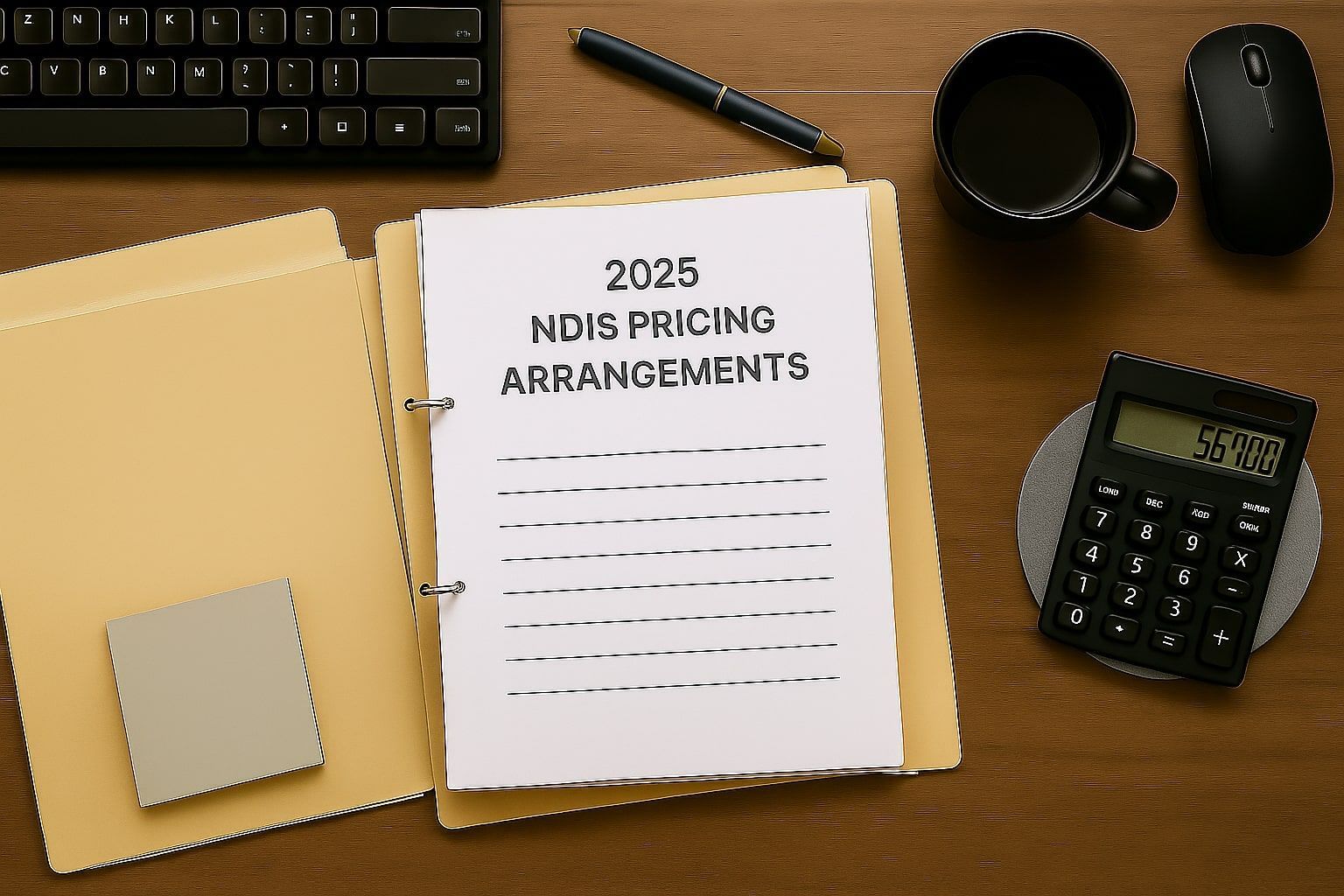Understanding Fee Structures in SDA Housing: Fee for Service vs. Fee to Engage
Welcome to NDIS Property Australia, where we specialise in providing tailored housing solutions under the National Disability Insurance Scheme (NDIS). For those new to this sector, understanding the various components like SDA design categories, what is NDIS housing, and the financial aspects such as fees can be overwhelming. In this article, we'll explore the significance of fee structures in Specialist Disability Accommodation (SDA) and how they impact investors and service providers.
Read also: Financial Planning for SDA Strategy Property Loan Investment
What is NDIS Housing?
NDIS housing refers to specialised accommodation for people with significant functional impairment or very high support needs. Under the NDIS, housing is designed to enhance the independence, well-being, and community participation of people with disabilities. This includes various SDA design categories tailored to meet different levels of need, ensuring that every individual has access to housing that is suitable for their specific conditions.
The Concept of Fees in the SDA Market
In SDA housing, fees are an integral part of the investment and service delivery framework. These fees can be classified primarily into two types: Fee for Service and Fee to Engage. Each of these fee structures plays a crucial role in the sustainability and quality of services offered in the NDIS disability housing sector.
Understanding Fee Structures in SDA Housing
Fee for Service: In-Depth Analysis
The 'Fee for Service' model is common in sectors where specific services are billed either as they are rendered or through a subscription-like arrangement. In the context of NDIS investment, this could involve:
- Property Management Services: Handling day-to-day operations of SDA properties.
- Maintenance Services: Ensuring that the property meets all required SDA design categories for safety and functionality.
- Support Coordination: Tailored support for residents, which can vary significantly based on the individual's needs.
- Analysis of a product or project, including data, financial modelling and project viability.
- Appraisal of a property for resale and advice on the viability and likelihood of selling a property.
- Portfolio advice.
Pros of Fee for Service:
- Transparency: Investors see a direct correlation between the services provided and their costs.
- Control: Costs are often linked to service levels, giving investors flexibility in how much they choose to spend based on their needs.
Cons of Fee for Service:
- Variable Costs: Expenses can fluctuate, which may make budgeting challenging.
- Dependence on Service Quality: The value of the investment is directly tied to the quality of services provided.
Fee to Engage: Understanding Initial Costs
The 'Fee to Engage' model involves an upfront cost that potential investors incur when initiating services or entering into an agreement with service providers. This fee is pivotal for:
- Filtering Serious Inquiries: It helps differentiate committed investors from those merely exploring options.
- Covering Initial Consultations and Preparatory Work: Such fees often include initial assessments, feasibility studies, and detailed project proposals.
Pros of Fee to Engage:
- Commitment Assurance: Ensures that both parties are serious about the venture, potentially leading to more stable investment outcomes.
- Resource Allocation: Helps service providers allocate resources efficiently, knowing that the engaged parties are committed
Cons of Fee to Engage:
- Upfront Cost: Requires investors to commit financially before seeing any return, which can be a barrier.
- Perceived Risk: If not managed well, it can create a perception of high initial risk for investors.
Balancing Cost and Value in SDA Investments
Determining the right balance between cost and value is essential for investors considering entering the SDA market. It’s important to understand what each fee encompasses and how it contributes to the overall success of an SDA investment. Service providers need to be clear about what investors are paying for and ensure these fees are justified by the quality of services and the tangible and intangible benefits provided.
The Role of Tangible Products in Justifying Fees
Tangible products, such as detailed reports, feasibility studies, and property analyses, are often provided as part of the engagement fees. These documents play a crucial role in helping investors make informed decisions. They detail everything from expected returns, SDA design categories suitability, and demographic analyses, providing a solid foundation for investment decisions in NDIS home.
The Impact of Non-Tangible Benefits
In addition to tangible products, non-tangible benefits such as expert advice, market insights, and professional guidance are equally valuable. These insights help investors navigate the complexities of the NDIS housing market, including regulatory compliance and understanding the nuances of various SDA design categories.
Conclusion
Understanding the nuances of Fee for Service and Fee to Engage is critical for anyone involved in the SDA housing sector. At NDIS Property Australia, we commit to providing our clients with transparent and comprehensive fee structures, ensuring that every stakeholder can make informed, confident decisions.
Our approach is designed to empower investors and service providers alike, facilitating successful, sustainable investments in the transformative field of NDIS home. Whether you are just starting in SDA investment or looking to expand your portfolio, grasping these financial frameworks will enable you to optimise the impact and profitability of your ventures.




